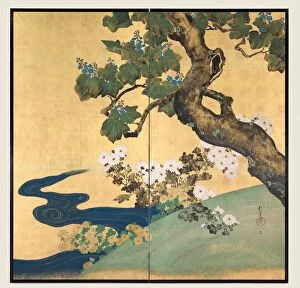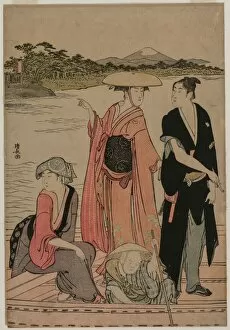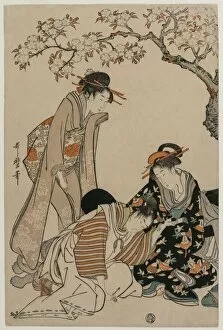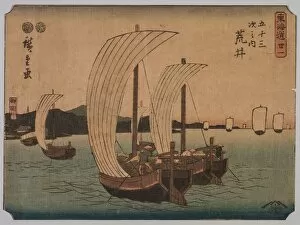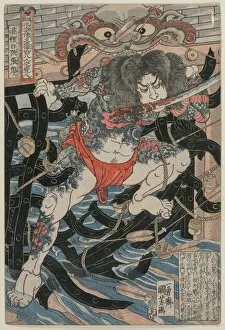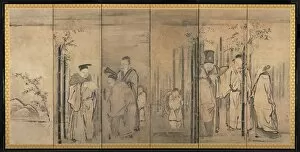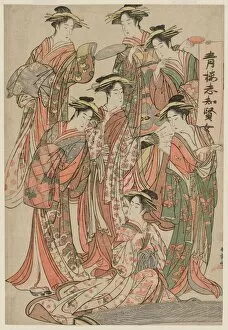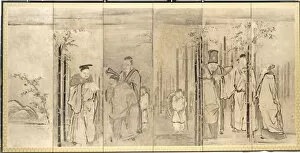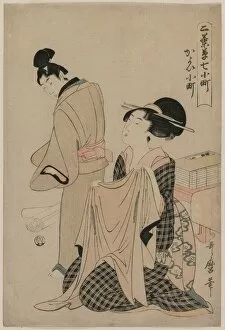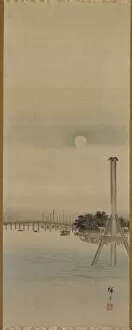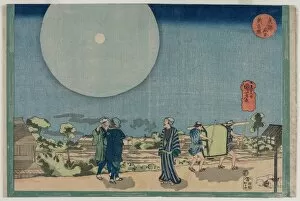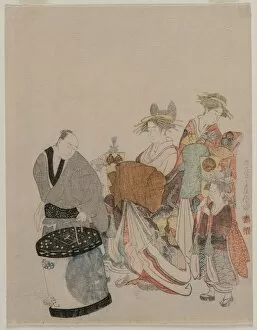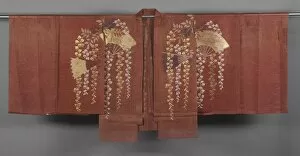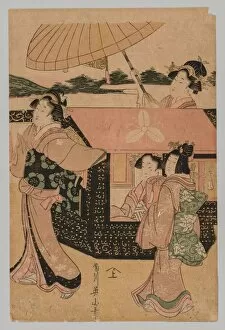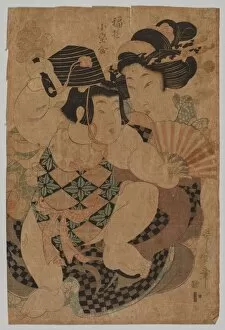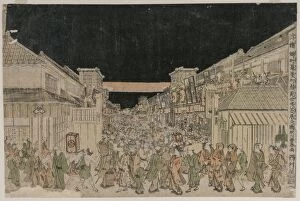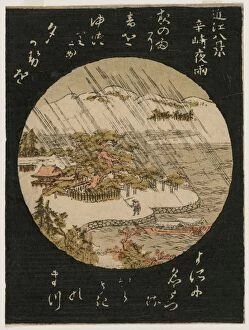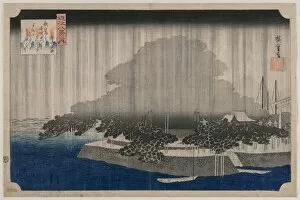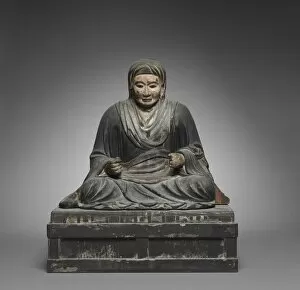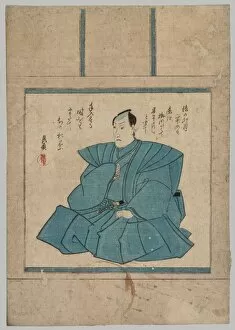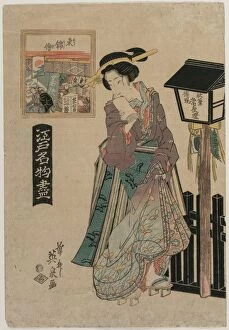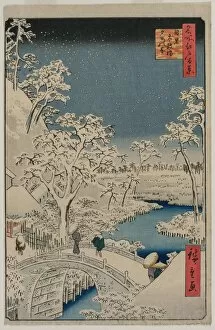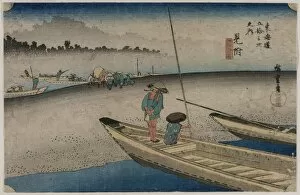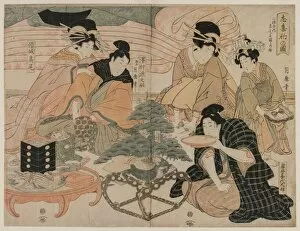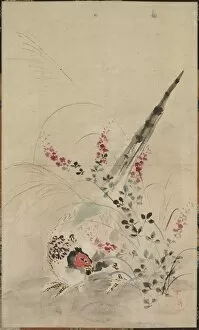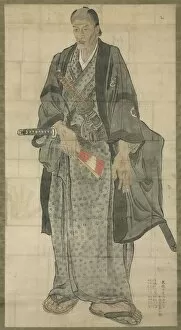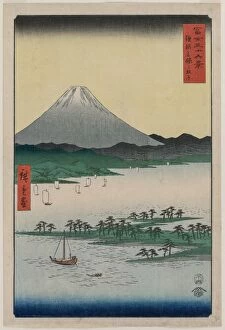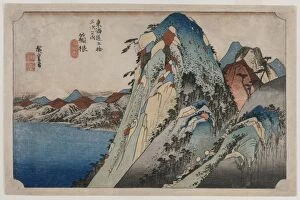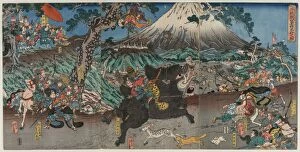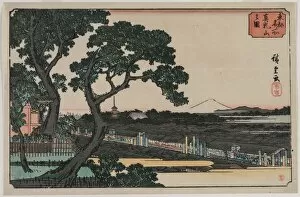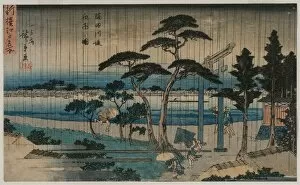1615 1868 Collection (page 5)
"Exploring the Artistic Treasures of 1615-1868
All Professionally Made to Order for Quick Shipping
"Exploring the Artistic Treasures of 1615-1868: A Glimpse into Japan's Rich Cultural Heritage" Step back in time and immerse yourself in the captivating world of Japanese art from the period between 1615 and 1868. This era, known as the Edo period, witnessed a flourishing artistic scene that produced masterpieces by renowned artists such as Kawanabe Kyosai, Ando Hiroshige, Utagawa Hiroshige, and many others. One remarkable artwork is "Full Moon with Crow on Plum Branch, " created by Kawanabe Kyosai in the 1880s. This mesmerizing piece combines elements of nature and symbolism to evoke a sense of mystery and intrigue. Another masterpiece from this era is Ando Hiroshige's "Sudden Shower over Shin-Ohashi Bridge and Atake" painted in 1857. The artist skillfully captures a fleeting moment of rain showering down upon a bustling bridge, showcasing his keen observation skills. Hiroshige's talent shines again in his work titled "Evening Snow at Kambara. " Painted in 1833, this piece transports viewers to a serene winter landscape along the Tokaido road, inviting them to experience the tranquility of snowfall. Utagawa Hiroshige also leaves an indelible mark with his print series "The Fifty-Three Stations of the Tokaido. " One standout piece is "Yokkaichi: View of the Mie River, " which showcases his mastery over composition and perspective while depicting life along Japan's famous Tokaido route. Moving beyond landscapes, we encounter intriguing portrayals such as "Woman as an Itinerant Monk: Onna Komuso (Otsu-e)" from the late 1600s or early 1700s. Created by an unknown artist during this period, it offers insight into gender roles and spiritual practices of the time. Tani Bunch.

